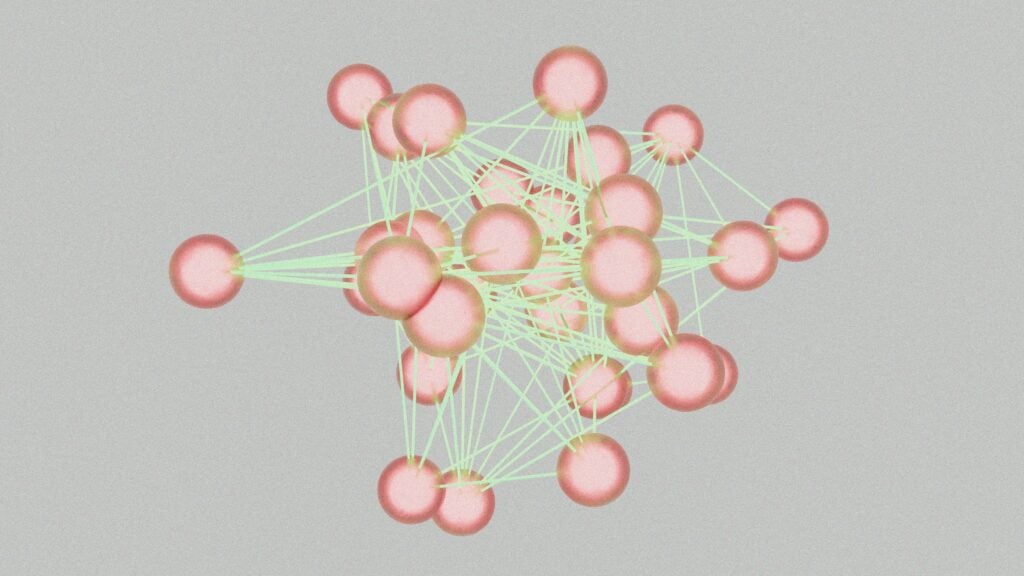
Ever wondered what those strange fc00::/7 addresses in your network configuration are all about? If you’re dealing with IPv6, you’ve likely stumbled across these mysterious Unique Local Addresses (ULA) without realizing their true power. Let’s pull back the curtain on what might be the most underappreciated feature in IPv6.
What Makes IPv6 ULA Addresses So Special?
Think of ULA addresses as IPv6’s equivalent to private IPv4 addresses (like 192.168.x.x), but with a crucial twist—they’re designed to be globally unique even when they’re not routable on the internet. These addresses live in the fc00::/7 prefix space, though in practice, you’ll almost always see them starting with “fd”.
Unlike the predictable private IPv4 ranges we’ve grown accustomed to, ULA addresses incorporate a 40-bit Global ID that’s generated using algorithms designed to ensure statistical uniqueness. This means your home network’s ULA range is virtually guaranteed to be different from your neighbor’s, eliminating those awkward IP conflicts when networks merge.
The Anatomy of a ULA Address
A typical ULA address looks something like this: fd12:3456:789a:bcde::/64
Here’s how it breaks down:
- fd: The prefix indicating this is a locally assigned ULA
- 12:3456:789a: The 40-bit Global ID (making it statistically unique)
- bcde: The 16-bit Subnet ID (for your internal network segmentation)
- ::/64: The Interface ID portion for individual devices
Why Your Network Actually Needs ULA Addresses
1. Stable Internal Communication
While your IPv6 global unicast addresses might change due to ISP policies or renumbering events, ULA addresses provide a rock-solid foundation for internal services. Your network’s DNS server, file shares, and internal APIs can rely on ULA addresses that never change.
2. Network Merging Made Simple
Got two offices that need to connect via VPN? With properly generated ULA addresses, there’s virtually no chance of address conflicts. This is a game-changer compared to the subnet negotiation dance required with IPv4.
3. Enhanced Privacy and Security
ULA addresses aren’t routable on the public internet by design. This creates an additional layer of separation for your internal services—they’re accessible within your network but invisible to the outside world.
Real-World Applications
Enterprise Networks: Large organizations use ULA addresses for internal service discovery and communication between different sites.
Home Labs: Tech enthusiasts running multiple services (Plex, Home Assistant, NAS systems) benefit from stable addressing that survives ISP changes.
IoT Deployments: Internet of Things devices can communicate reliably using ULA addresses while still having global connectivity through other address types.
Getting Started with ULA Address Generation
Creating your own ULA prefix isn’t guesswork—there are specific algorithms to ensure uniqueness. The process involves combining your network’s MAC address or EUI-64 identifier with the current timestamp, then hashing the result to produce the Global ID.
While you could manually calculate this, using a reliable IPv6 ULA generator tool saves time and reduces errors. A proper generator will create statistically unique prefixes following RFC 4193 specifications.
For those looking to implement ULA addresses in their network, our IPv6 ULA Generator creates compliant prefixes that follow best practices and ensure proper uniqueness.
Best Practices for ULA Implementation
- Generate your Global ID properly: Don’t just pick random values—use the specified algorithm or a trusted generator
- Document your assignments: Keep track of your ULA prefix and subnet allocations
- Configure DNS appropriately: Set up both forward and reverse DNS for your ULA ranges
- Plan your subnets: Use the 16-bit Subnet ID space wisely for different network segments
The Bottom Line
IPv6 ULA addresses solve real problems that IPv4’s private addressing scheme couldn’t fully address. They provide stability, uniqueness, and flexibility that make network administration more predictable and secure. Whether you’re running a home lab or managing enterprise infrastructure, understanding and implementing ULA addresses can significantly improve your network’s resilience and manageability.
Next time you’re planning an IPv6 deployment, remember that ULA addresses aren’t just another addressing scheme—they’re your network’s secret weapon for reliable, conflict-free internal communication.
Photo credit: Logan Voss via Unsplash
Install Our Extensions
Add IO tools to your favorite browser for instant access and faster searching
恵 Scoreboard Has Arrived!
Scoreboard is a fun way to keep track of your games, all data is stored in your browser. More features are coming soon!
Must-Try Tools
View All New Arrivals
View AllUpdate: Our latest tool was added on Dec 10, 2025



